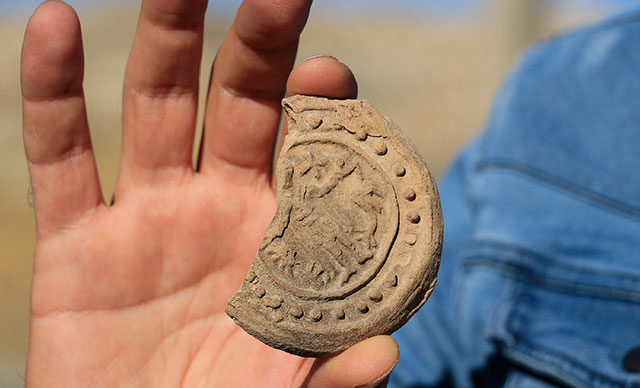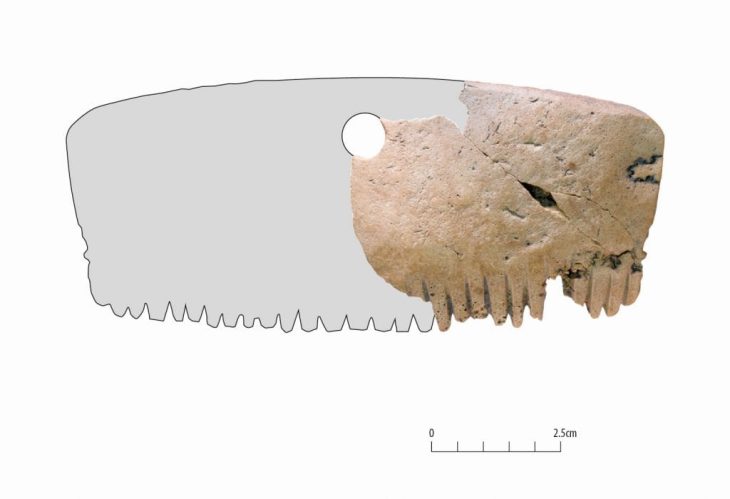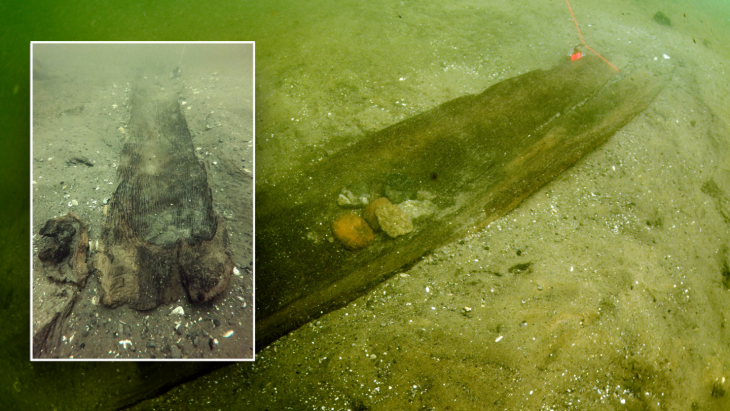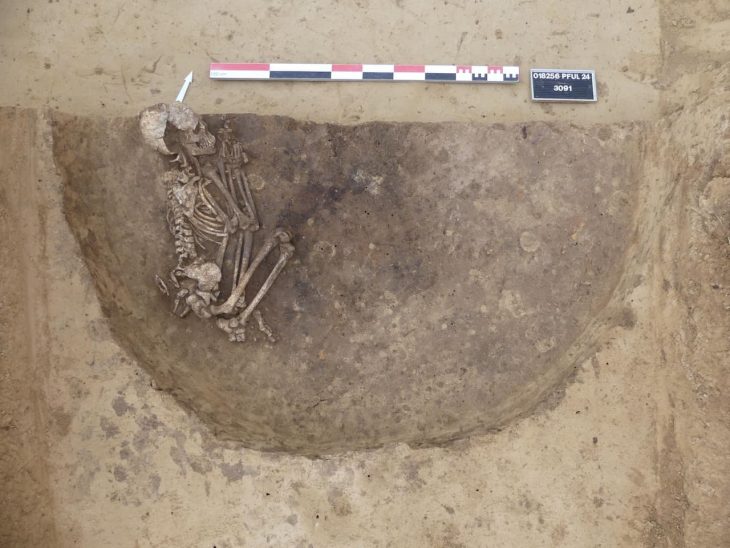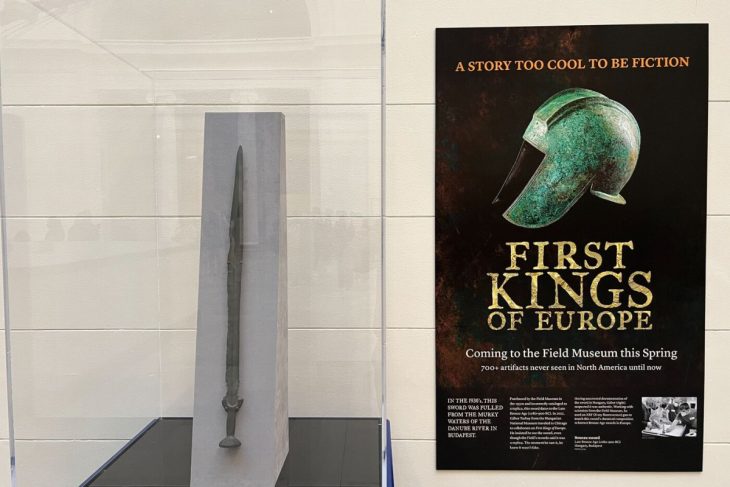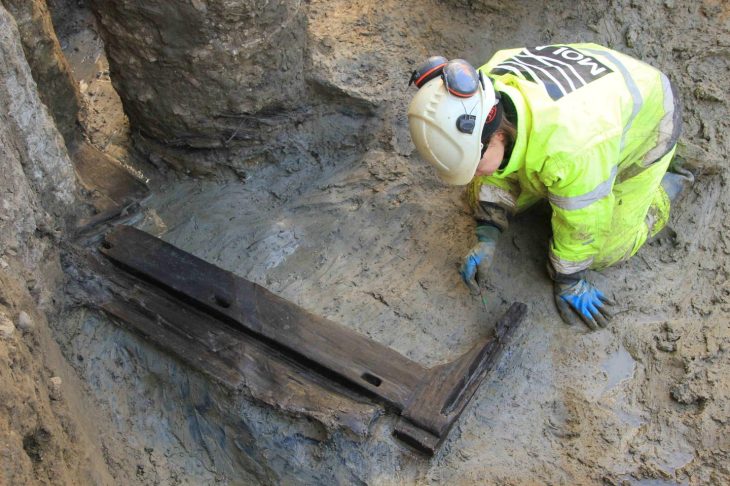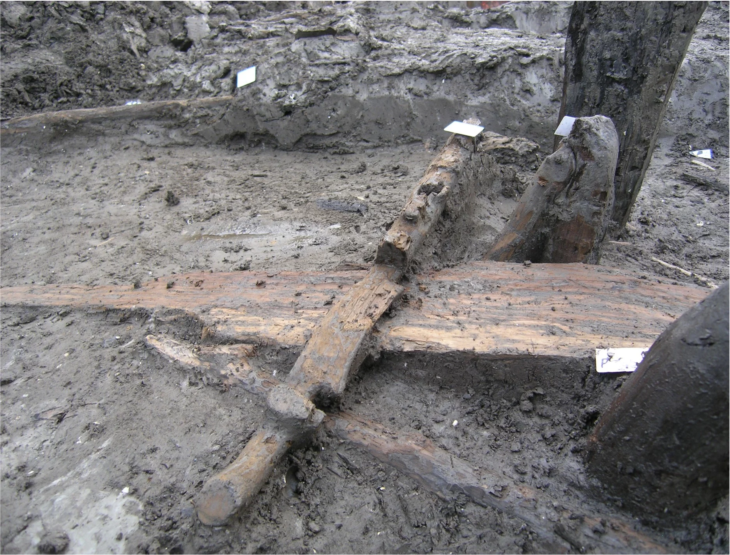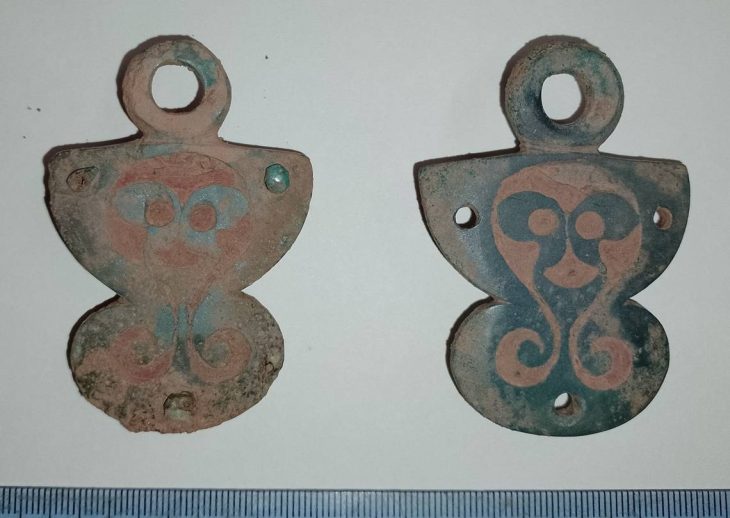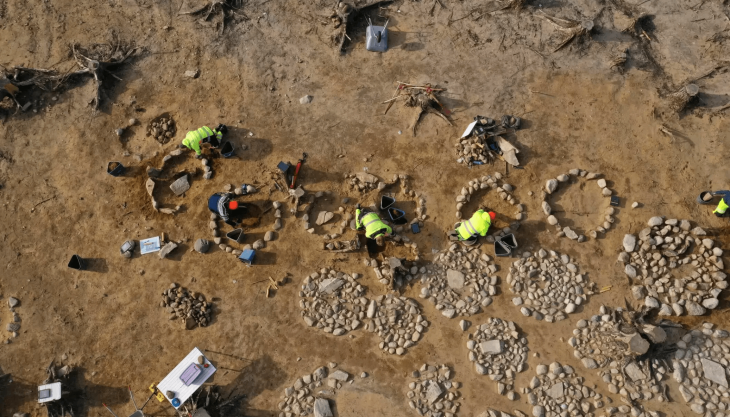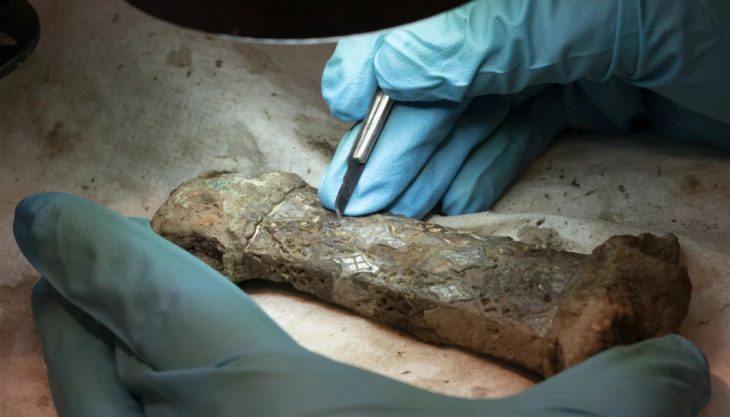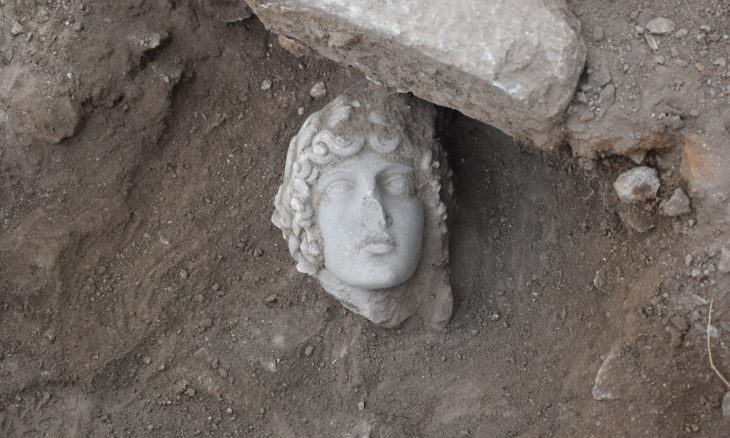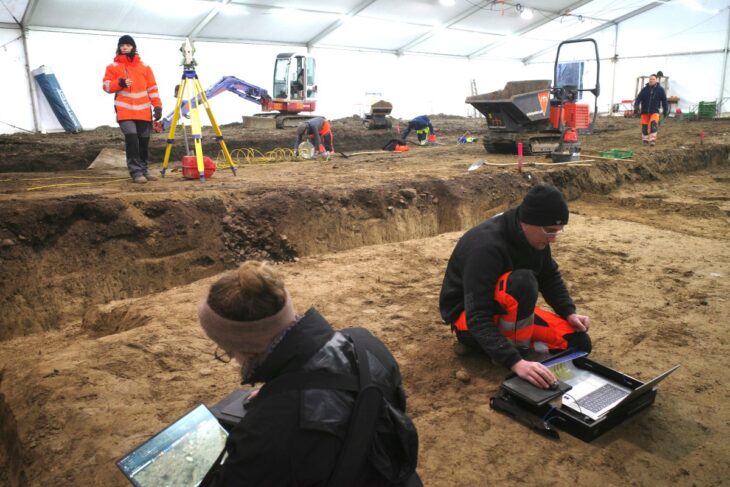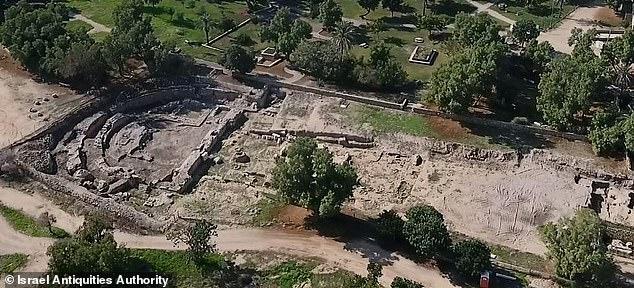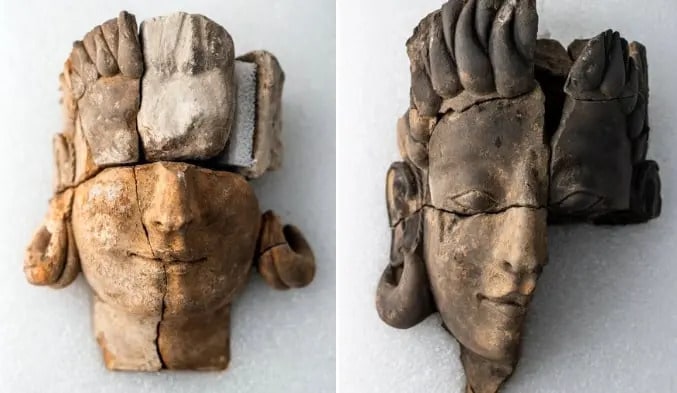An ampulla was found for the first time in the ancient city of Dara, located in the province of Mardin in southeast Turkey.
The ampulla is one of the artifacts unearthed in many ancient city excavations. However, the ampulla found in the Ancient City of Dara is not an interesting find just because it is the first. At the same time, the fact that it bears the fingerprint of the master who made the ampulla 1400 years ago makes it especially important.
Ampulla is the general name given to the fragrance containers that Christian pilgrims brought from there during their visit to the holy centers in ancient times.
Master’s fingerprints still remain
Providing information about the ampulla with the figure of Saint Menas on it, the head of the excavation, Kafkas University Faculty of Arts and Sciences Archeology Department Lecturer associate professor Hüseyin Metin said, “This 1400-year-old ampulla was used by pilgrims living in those times to carry cosmetics such as scented holy water or oil. Thus, with this finding, it was revealed that a holy pilgrimage was made from Dara to Egypt. Those who went to Egypt from Dara kept their cosmetic products such as fragrant holy water or oil in this ampulla,” he said.
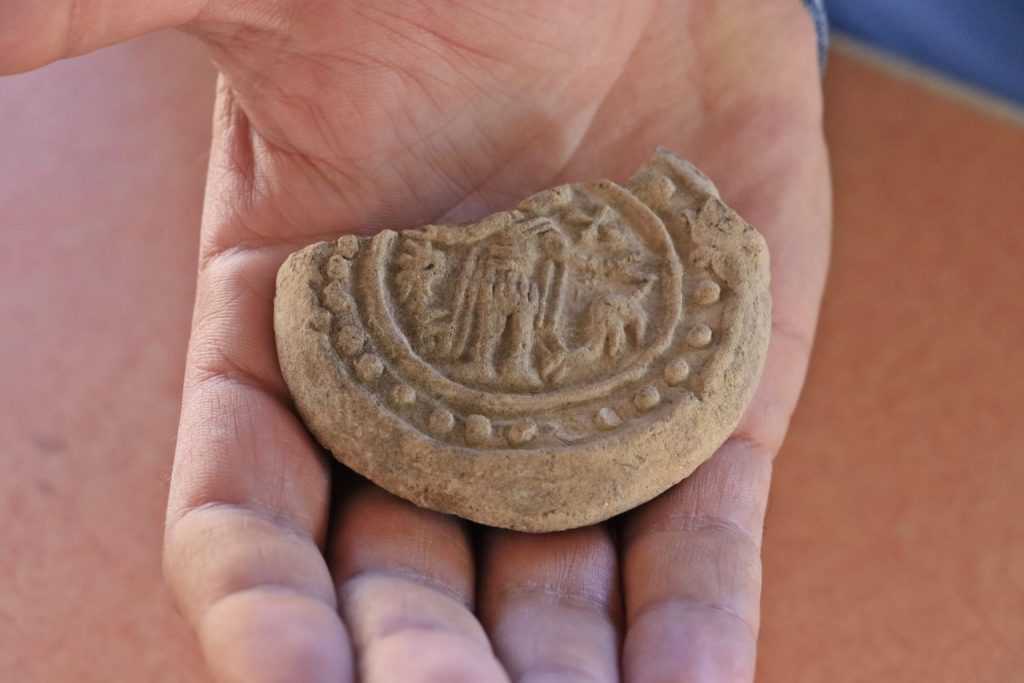
Hüseyin Metin gave the following information to the DHA reporter about the story of the Christian saint Menas and the find:
“This artifact we found during excavations in Dara is one of the best finds. The artifact also has a story. Ampulla has a similar feature to today’s fragrance containers that the pilgrims who performed pilgrimage in the holy centers in ancient times brought to their hometowns from their destinations. There is a saint figure in the middle. There are kneeling camels on both sides and cross motifs on the top.”
“These ampullae have fairly standard forms. There are similar examples in many ancient cities excavated. There are examples of them in Africa, Anatolia, Europe, and some parts of Syria. The specimens found in Western Anatolia are quite standard and are called Western Anatolian ampullae and are quite different from the forms we see.”

The life story that started in Anatolia and ended in Alexandria
“Coming to the story of the saint here, we know that the saint was a soldier in the Phrygian region at the end of the 3rd century, during the reign of Diocletian. However, after the saint became a Christian and because of the persecutions of Emperor Diocletian against Christians, he left the army and went into seclusion. However, he was ordered to be killed by the emperor who heard this. We know that in the later period, his body was taken by his followers and buried in the Abu Mena region of Alexandria.”
“Pilgrims who went here made their pilgrimage by visiting Abu Saint Menas and brought cosmetic products such as holy water, oil, or fragrance in this type of materials from the places they came from. There is a very important feature of this coming out in Dara. Because this find had never been found here before. Of course in the 6th century, a large Christian population lived in Dara. With this material, we have determined that there are civilians who went to Abu Menas in Alexandria to perform the pilgrimage. Ampulla’s, as a result of the scientific studies we have done, we have determined that it is 1400 years old. It is a first-class molded material and still has the fingerprints of the master who made it.”

